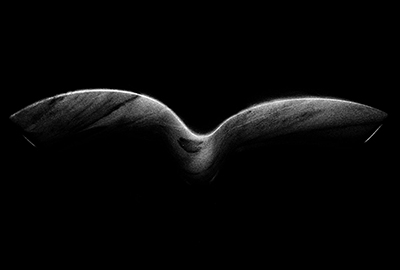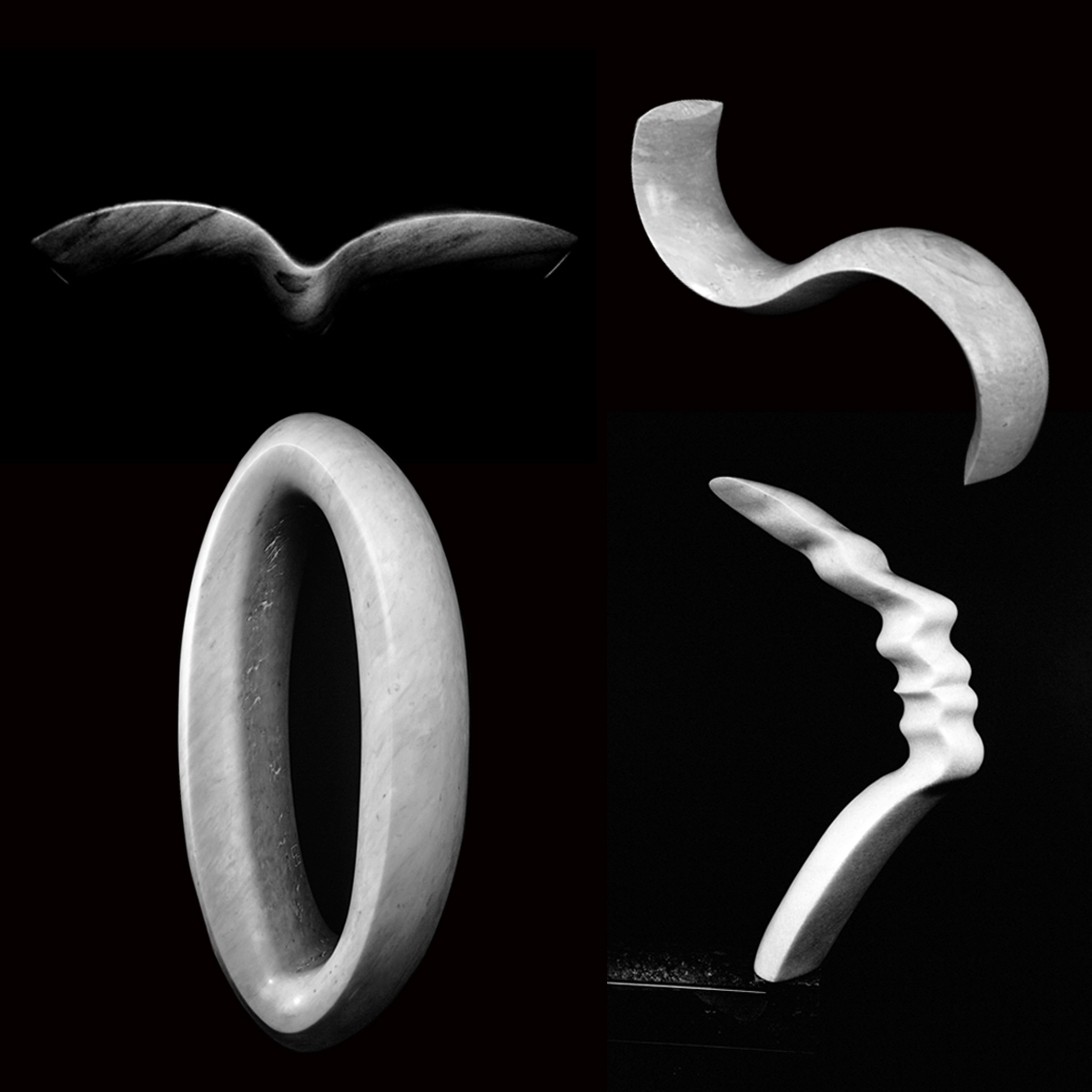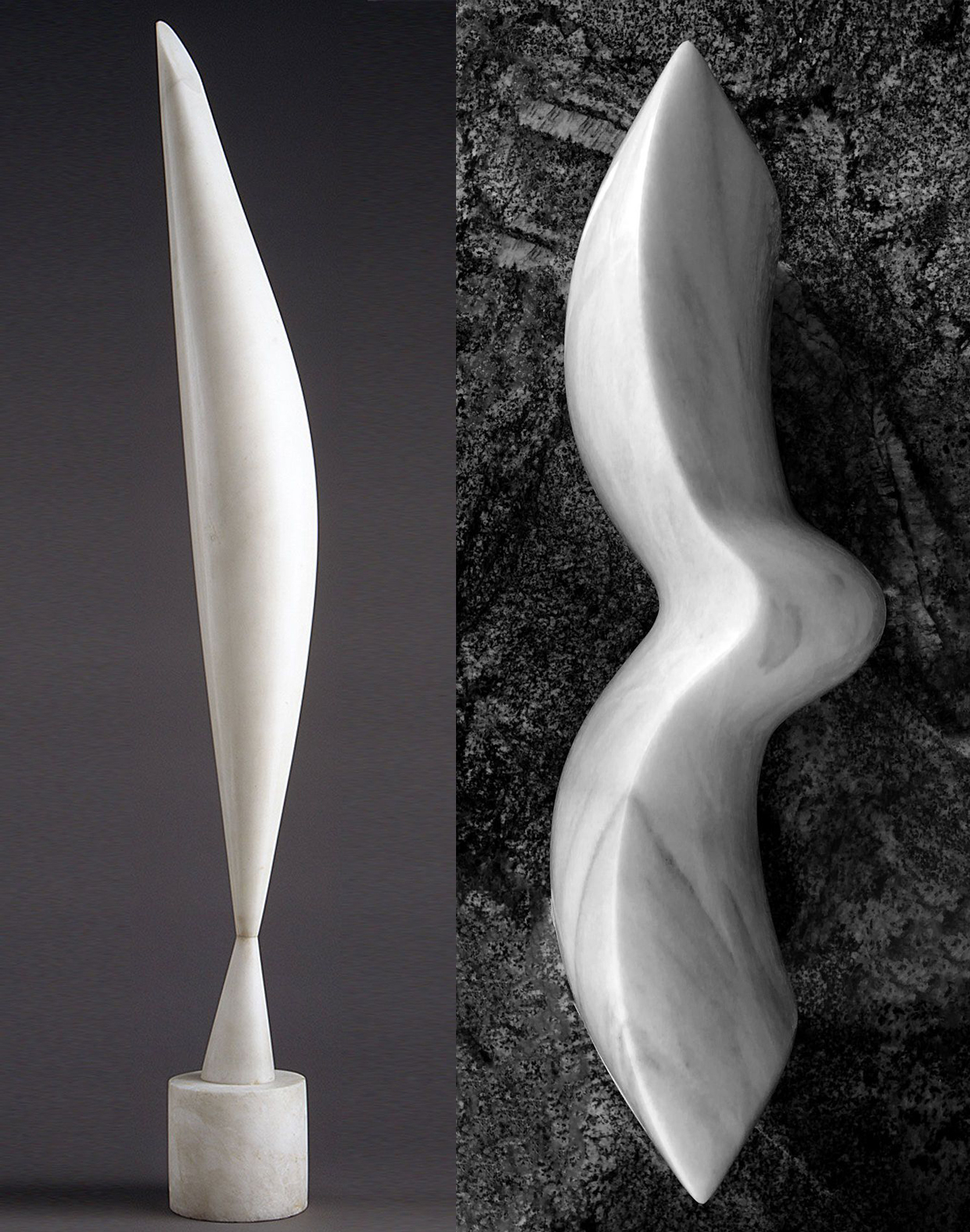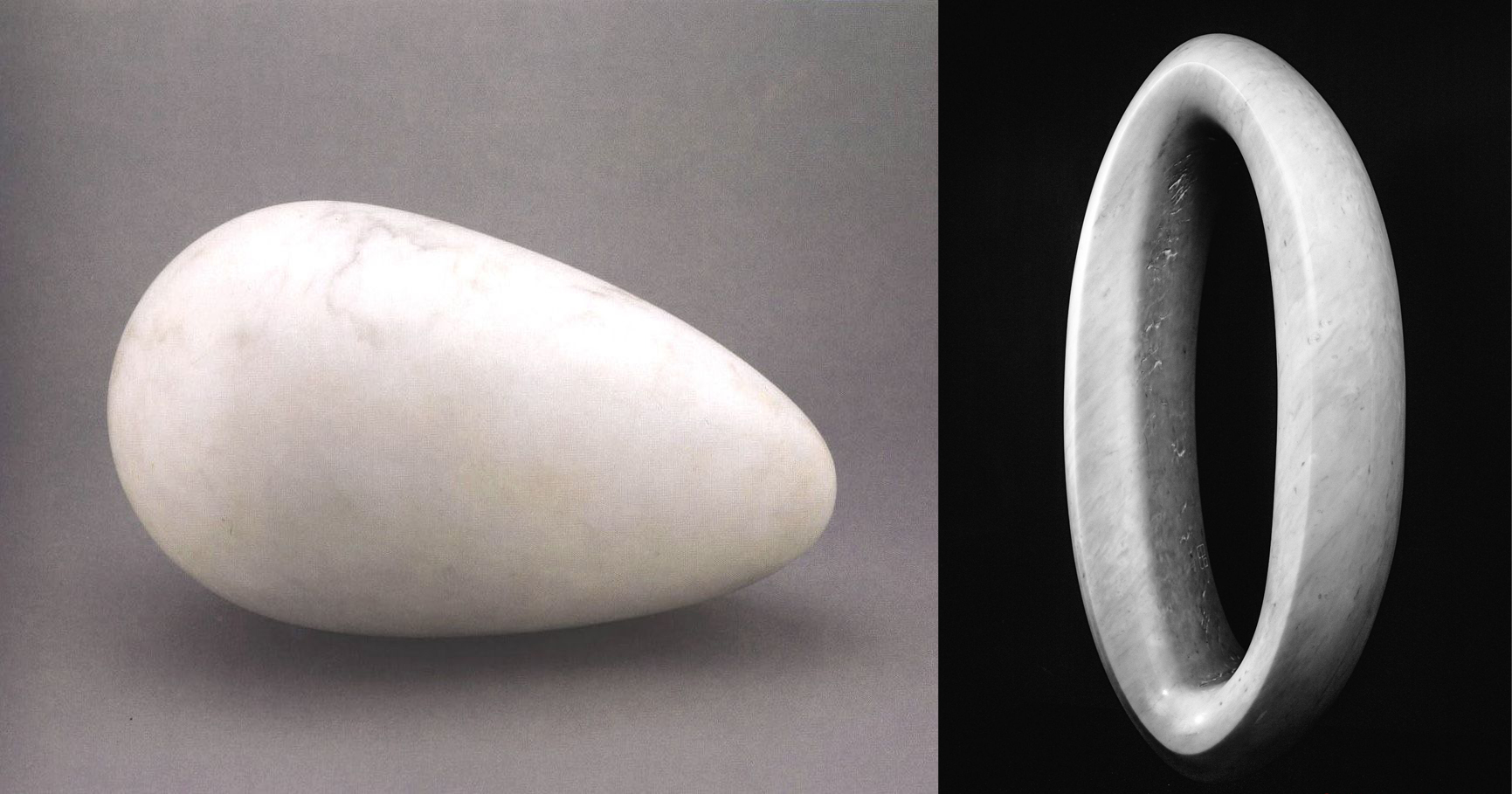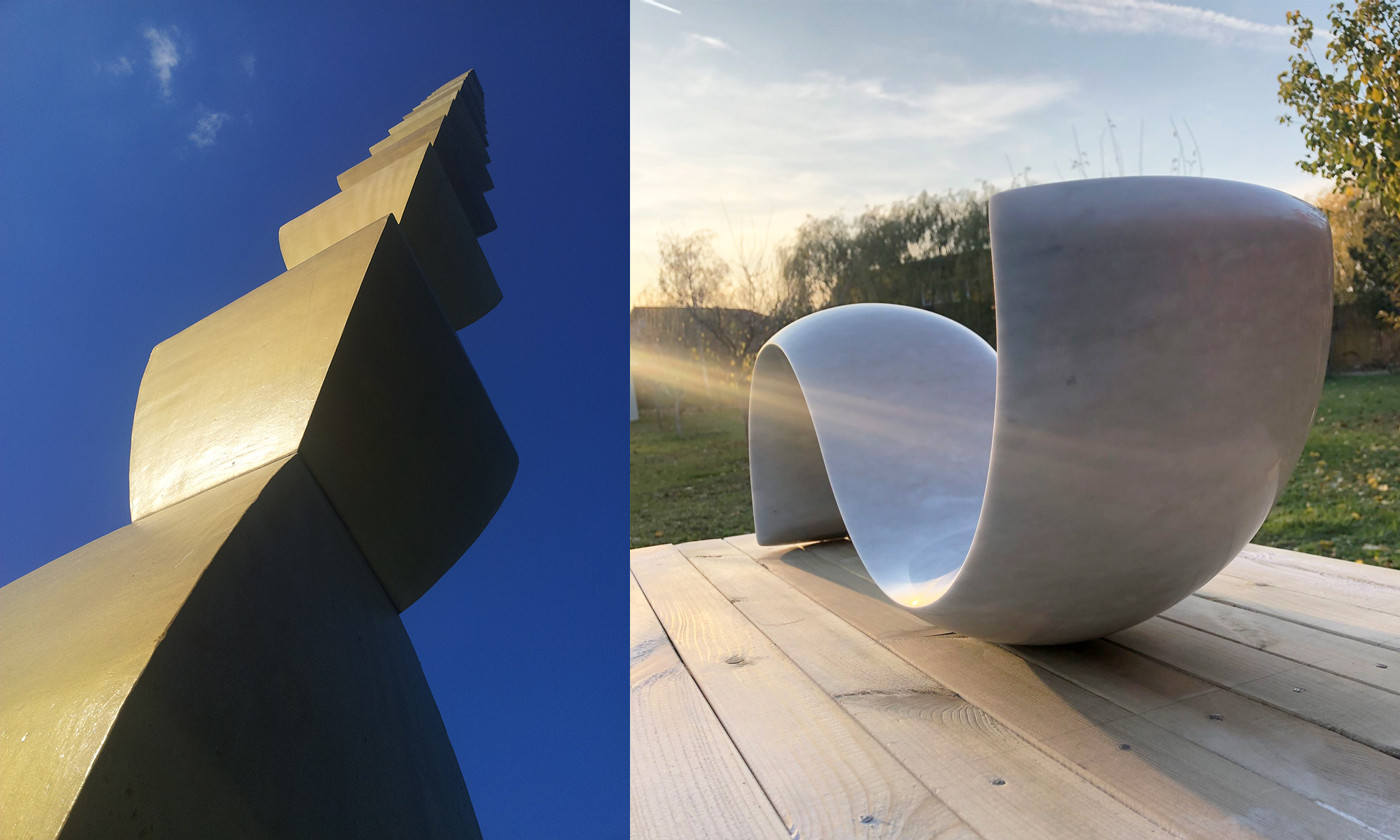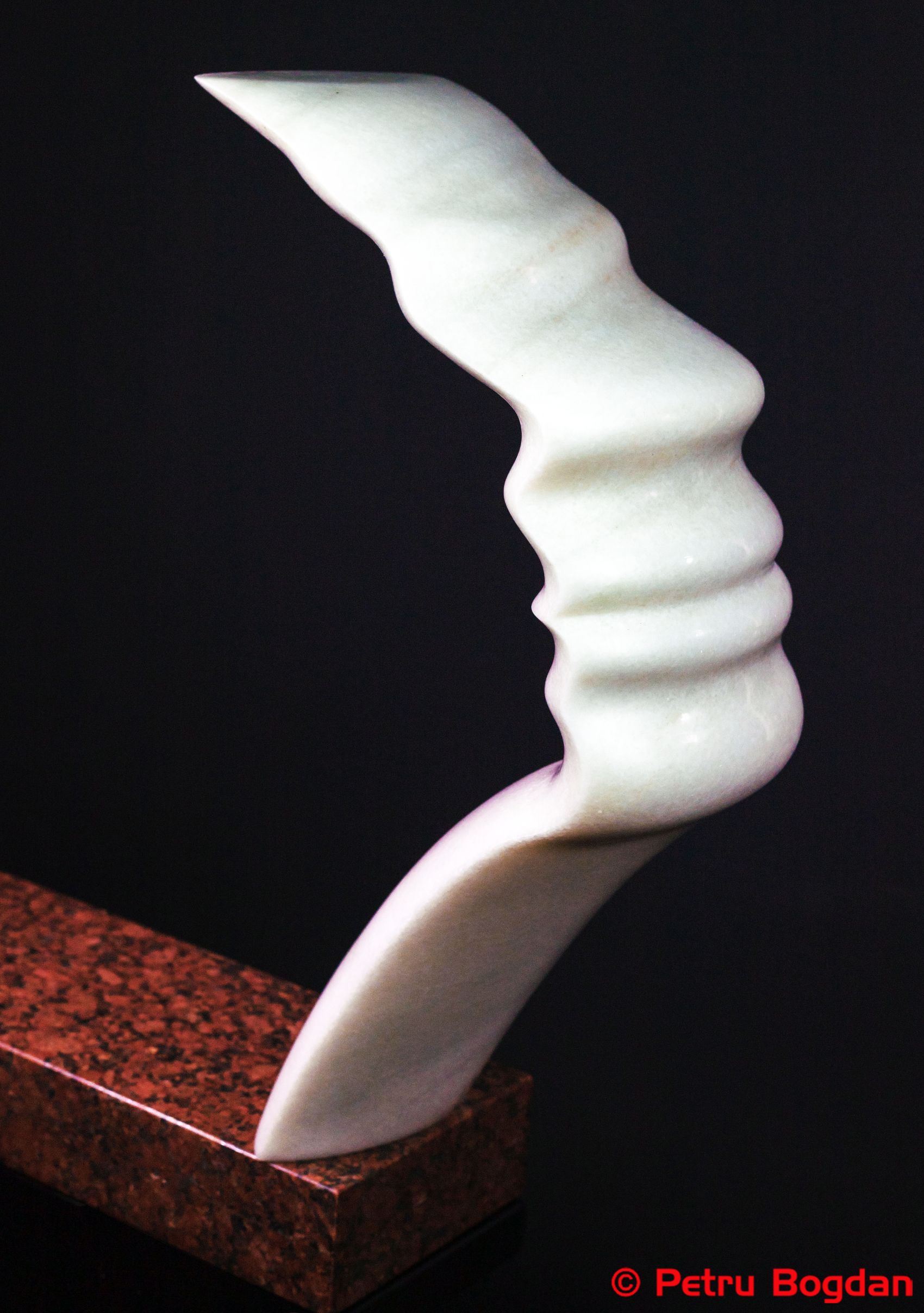The White Matter Sculpture Project – A tribute to Brancusi
Constantin Brancusi
“What is real is not the external form but the essence of things. Starting from this truth it is impossible for anyone to express anything essentially real by imitating its exterior surface.”– Constantin Brancusi
“A thing which would pretend to reproduce nature would only be a copy,” Brancusi said. “I am trying to get a spiritual effect.” He didn’t see the beauty of sculpture as lying in the recreation of the physical form, but rather in the revealing of something previously invisible. He believed there was more than one way to represent the truth in things.
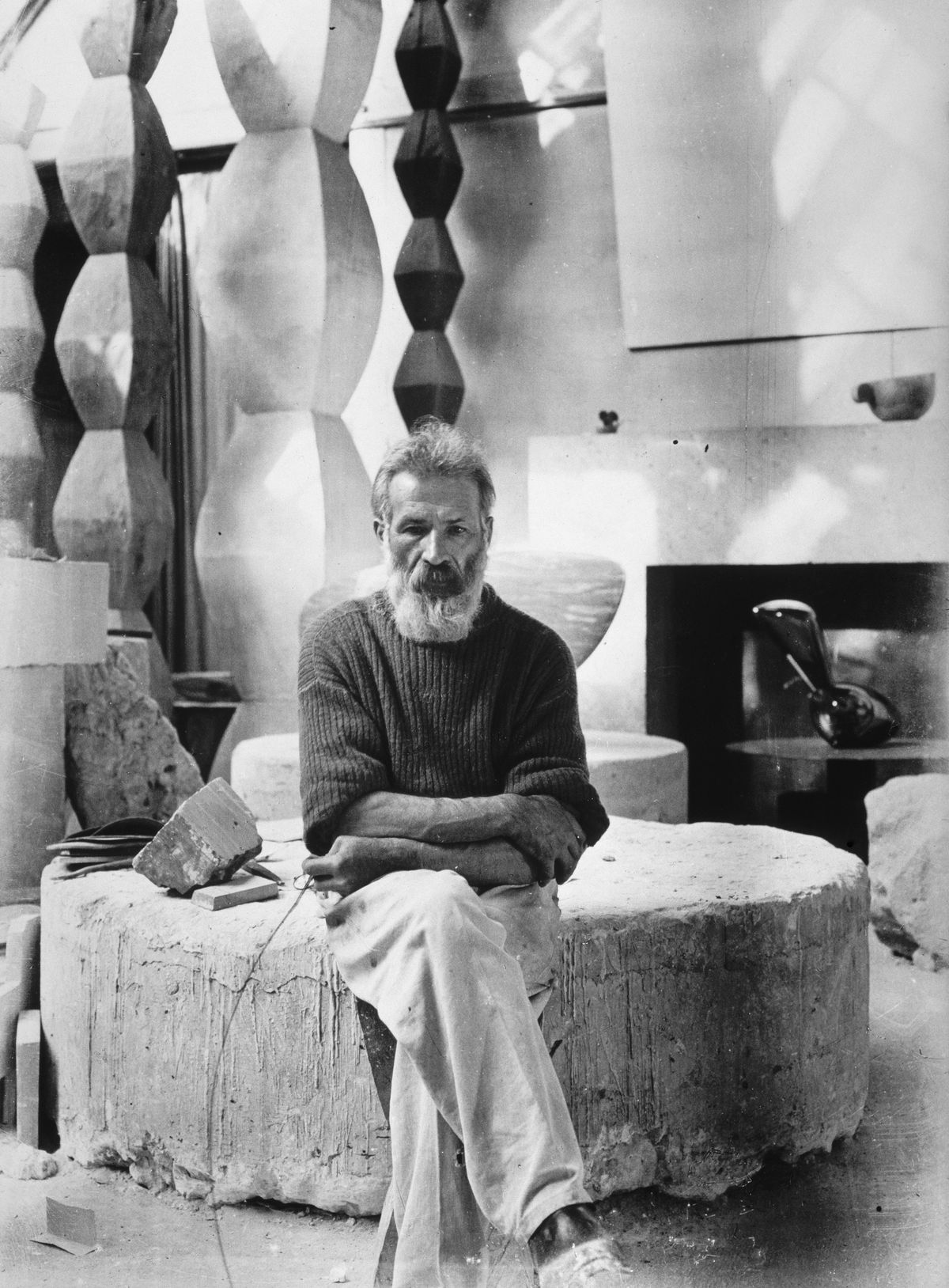
In the early 20th century, many avant-garde sculptors pushed the bounds of accepted modes of representation, abandoning faithfulness to the visible world in favor of abstraction. The question many artists asked was no longer how to reproduce the world as it appeared, but rather how to best express realities of life (sensed and theorized) through forms.
Ever since, abstract sculpture has offered particularly fertile ground for experiments in shape, proportion, and technique, as well as for the embrace of non-traditional sculpting methods (apart from casting, welding, or direct carving), such as industrial manufacturing processes, plastic molds, and even 3D printing. Modern strands of abstract sculpture include Concrete Art’s mathematically precise and elegant forms, the strict geometry and forceful presence of Minimalist objects, and Kinetic Sculpture’s embodiment of movement and physical forces.
Constantin Brancusi was one of the founding figures of modern sculpture and one of the most original artists of the twentieth-century. His groundbreaking carvings introduced abstraction and primitivism into sculpture for the first time, and were as important as Picasso’s paintings to the development of modern art.
His choice of materials including marble and limestone, bronze and wood, and his individual expression through carving, established him as a leading avant-garde artist. He was a close friend of both Amedeo Modigliani and Marcel Duchamp, and his work has inspired sculptors from Barbara Hepworth to Carl Andre and Donald Judd.
Brancusi was born in Romania in 1876 and studied in Bucharest. In 1904 he moved to Paris, where he was to spend more than fifty years and where, from the mid 1920s, he established his studio.
After moving to Paris Brancusi was invited to study in Auguste Rodin’s workshop, but left after two months with the explanation that, “Nothing can grow under big trees.”
Brancusi’s signature style is graceful in its simplicity, as with his iconic The Kiss (1907-1910) and Bird (1940); he would return to these and other motifs throughout his career, centered on primordial, biomorphic forms. Brancusi was influenced by art and folklore of Cycladic, African, and Romanian cultures, and he inspired numerous sculptors to focus on fundamental concerns of form and space, including Richard Serra and Isamu Noguchi, the latter serving as his studio assistant in 1927.
The White Matter project proposes a sculptural quartet made up of the works Flight, Life, Flow and Flame.
On the one hand, they symbolize what Greek philosophers considered to be the four primordial elements of the Universe, water, air, earth, and fire, sacred elements that are not just material substances but key spiritual essences, bringing meaning and illumination to life.
On the other hand, the four sculptures are in a symbolic dialogue that goes back to the essence of being and existence itself. Between them is woven a binder that represents the fifth element: the space-time binome, in which the viewers remain suspended in observation and have absolute freedom to explore their own spirit in a dialogue with the artistic message.
Petru Bogdan considers that:
“A block of marble holds inside: earth, air, water, fire and …time. Sculpting a block of marble is a journey through these basic elements of nature but is also a travel in time. Wherever it may take you. It is a travel in the past, capturing a memory and in the same time a projection into the yet unborn future. Two infinitely parallel lines united by two arches could transform a block of marble into a flight, a circle of life, a timeless wave or a shimmering profile. Marble, the White Matter. The birth fabric for dreams, ideas and soul’s images.”
The White Matter Project – A tribute to Brancusi
Most likely not by chance, the four works somehow represent a tribute to The Grand Master Brancusi.
Flight
“Once you have tasted flight, you will forever walk the earth with your eyes turned skyward, for there you have been and there you will always long to return.” Leonardo da Vinci
The first sculpture – Flight (Ruschita White Marble; Size: 60 / 30 / 20 cm) seems to be a reference to Bird in Space by Constantin Brancusi.
To Brancusi, in over thirty years of work, his subsequent sculptures of birds grew progressively more vertical and captured a transcendental sense of aspiration.
For Petru Bogdan’s Flight, projected on the azure base of Azul Bahia Granite, it remains for the viewer to meditate and determine if it is a linear, infinite flight, a vertical and aspirational one or on the contrary, in an inverted perspective, a dive to unexplored depths, to the incomprehensible mystery and the fragile boundary between the concrete of existence and eternity.
Life
“Life can only be understood backwards; but it must be lived forwards.” Soren Kierkegaard
Life or Shape of Life (Carrara Bianco Marble from Cava Michelangelo; Size: 72 / 32 / 24 cm) it is mounted on a black granite base (Zimbabwe Black Granite; Size: 64 / 40 / 5 cm).
It is a “black & white” approach to the idea of life in a combination with all the sculpture’s surface shades of gray and the interior chisel marks as symbols of random acts of life that are defining in fact our existence. From the wonder of birth, through the more or less meaningful struggle of our ephemeral existence to the mystery of passing.
There is, maybe, a not intended but obvious link between Petru’s sculpture with Brancusi’s The beginning of the world.
As the title suggests, for Brancusi, the ovoid mass represented the very essence of form, or a sort of primal foundation of form that the artist did not care to alter with traditional sculptural techniques of modeling.
The nickname for The beginning of the world is ‘Brancusi’s egg’. According to the artist, this asymmetrical oval represents perfect beauty. The reduced, compact form refers not only to the beginning of the world, but also to the origins and mystery of human life.
Shape of life it is more like a film negative, or like a shell for the ‘Brancusi’s egg’, as it contains a void. It is the either the unseen space from where life emerges or it is the void of our life that we carry through our existence and we try to fill it in a pointless act of desperation.
Flow
“…the river is everywhere at once, at the source and at the mouth, at the waterfall, at the ferry, at the rapids, in the sea, in the mountains, everywhere at once and that there is only the present time for it, not the shadow of the past, not the shadow of the future.” Herman Hesse, Siddhartha
Flow or The Infinite Flow (Carrara Bianco Marble from Cava Michelangelo; Size: 80 / 27 / 20 cm) it is perfectly reflected by the Nero Assoluto Granite Base (Size: 90 / 50 / 5 cm).
Together, the sculpture and it’s reflection are depicting the symbol of Infinite and is that idea that send the viewer to the Endless Column of Brancusi. It is like a sequence from the Column`s large DNA but more mathematical, on the horizontal and in round shapes instead of trapezoid blocks.
About the Brancusi artwork we know that is about the spiritual ascension and it is an homage for the WW1 soldiers. Maybe Petru Bogdan’s Infinite Flow is about the invisible continuous and infinite motion of the Matter in Universe or maybe is a representation of our time passing illusion.
Flame
“Insects are not drawn to candle flames, they are drawn to the light on the far side of the flame. They go into the flame and sizzle to nothingness because they’re so eager to get to the light on the other side.” Michael Cunningham, By Nightfall
Through the artwork Flame (Ruschita White Marble; Size: 50/27/16 cm & Base: Imperial Red Granite; Size: 80/16/6 cm) Petru Bogdan introduces an original idea, namely that of reducing the portrait of a person to just the line of that person’s profile.
We are all more or less familiar with our own image, as we perceive it in the mirror in front of us. Instead, we are not at all familiar with our profile image.
The Flame is a tribute to love and in addition it conveys the idea of fragility. Just as the curved lines of the sculpture meet and get lost into the light, so the juxtaposition of the idea of love with fire speaks of strong feelings that are meant to be felt in absolute intensity and meant to burn us to the point of sublimation.
In fact, all four works, regardless of size or type of marble, emanate a certain fragility and a certain dynamic, either by how the surfaces are processed and how the alternation of light and shadow highlights them, or by the fact that they are all weightless, floating on the surfaces they sit on or barely touching it.

